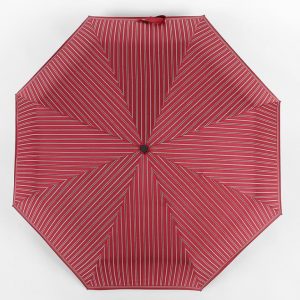The umbrella is a practical and functional tool that has a long and fascinating history of evolution. Its development can be traced back thousands of years, and it has gone through various transformations to become the familiar device we use today. Here’s an overview of the evolution of umbrellas:
- Ancient Origins: The concept of using a protective canopy against the rain and sun dates back to ancient civilizations. The earliest recorded evidence of umbrellas comes from ancient Egypt, Mesopotamia, and China. In these early forms, umbrellas were often made from large leaves or animal skins attached to a frame.
- Chinese Innovations: China played a significant role in the evolution of umbrellas. By the 11th century, Chinese umbrellas were made from silk and oiled paper, making them more durable and effective in repelling water. These early umbrellas were primarily used by royalty and the nobility.
- Spread to the Middle East and Europe: Trade and cultural exchanges facilitated the spread of umbrellas to the Middle East and later to Europe. In Europe, umbrellas became fashionable accessories for women in the 17th century. However, they were initially more of a sunshade than a rain protection device.
- The Rise of the Modern Umbrella: The 18th century saw significant advancements in umbrella design and technology. The first folding umbrellas with collapsible frames were introduced in the 1700s. This innovation made umbrellas more portable and convenient.
- Reinforced Umbrella Design: As the demand for umbrellas grew, designers sought to improve their strength and durability. The introduction of whalebone and later steel ribs made umbrellas sturdier and more resilient against strong winds.
- Waterproof Materials: In the 19th century, the use of waterproof fabrics, such as nylon and polyester, became more widespread. This further improved the umbrella’s ability to repel rain and protect against the elements.
- Contemporary Umbrellas: In the 20th and 21st centuries, umbrellas have become a ubiquitous accessory found all around the world. Modern materials and manufacturing techniques have made umbrellas more affordable and accessible to a broader range of people. Furthermore, advancements in design have led to various styles, sizes, and features, including automatic opening and closing mechanisms, windproof designs, and UV protection.
- Specialized Umbrellas: Beyond the standard rain umbrella, specialized types have emerged, catering to specific needs. For example, golf umbrellas are larger to provide coverage for players and their equipment, while beach umbrellas are designed for stability in sandy environments.
In conclusion, the umbrella has come a long way from its humble beginnings as a simple canopy to its modern, diverse forms. Its evolution showcases how human ingenuity and the desire for comfort and protection have driven continuous innovation in design and materials over the centuries.








